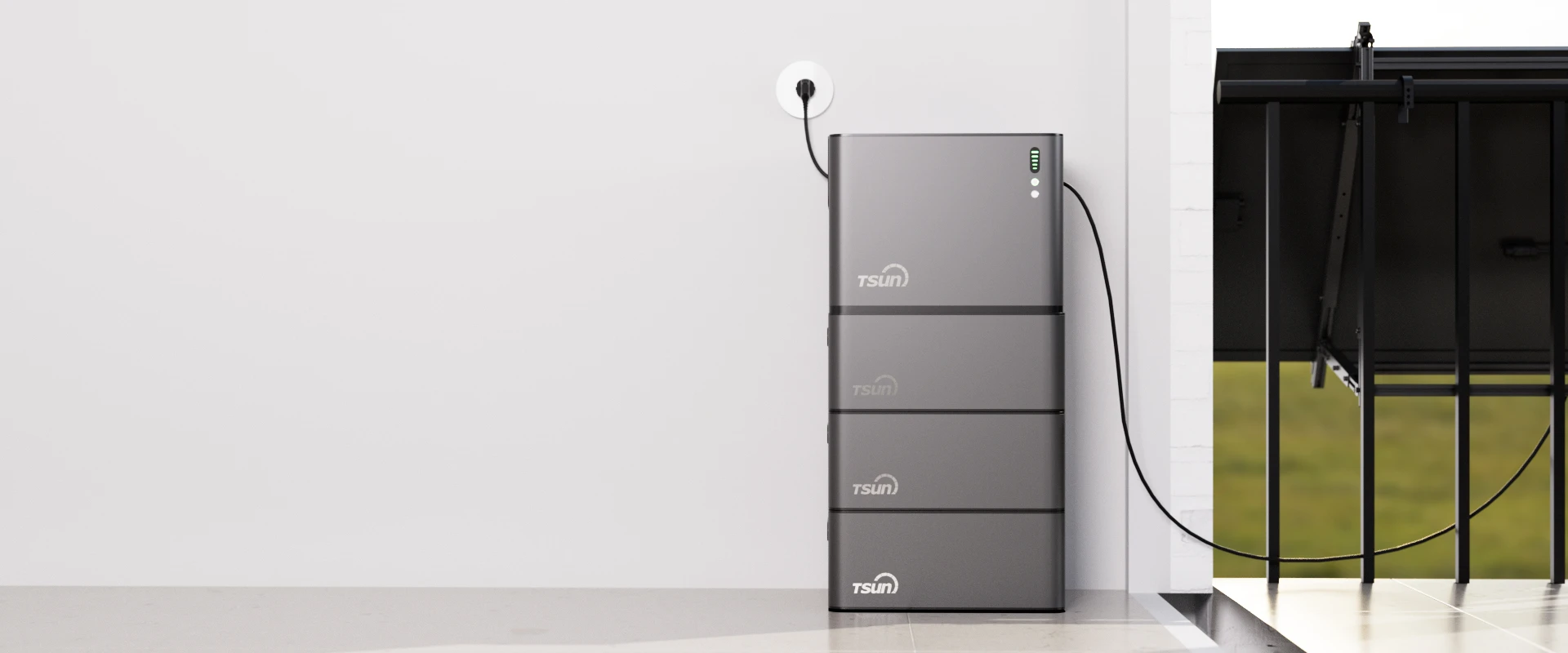In the rapidly evolving landscape of renewable energy, solar power microinverters have emerged as a cornerstone technology, redefining how solar systems are optimized on both residential and commercial scales. As opposed to traditional inverters, which convert the direct current (DC) generated by an entire solar array into alternating current (AC) at a single point, microinverters perform this conversion at the individual panel level.

A primary advantage of microinverters is their ability to maximize energy harvest. In traditional setups using a single string inverter, the entire system’s output can be affected by the weakest performing panel, due to shading, dirt, or differential aging. Microinverters mitigate this issue by operating independently for each panel, ensuring that the maximum possible energy is harvested from every solar panel. This technical advancement translates to higher efficiency and improved performance stability of solar arrays, crucial for locations with variable shading conditions.
Furthermore, microinverters shine in their design flexibility, allowing for easy system expansion. Installers and homeowners are no longer confined to matching panels with equal performance specifications or orientations, as each panel operates as an independent power unit. This adaptability not only simplifies the design process but also reduces compatibility concerns when adding new panels to an existing solar array, facilitating seamless scalability.

From an expertise standpoint, microinverters epitomize cutting-edge power electronics. Each unit is equipped with high-frequency switching capabilities and incorporates advanced Maximum Power Point Tracking (MPPT) for each solar module, enhancing energy capture even under suboptimal conditions. These devices are typically rated for durability with robust protections against environmental conditions, further cementing their reliability over the typical 25-year lifespan of a solar installation.
solar power microinverter
The authoritative position of microinverters in the solar industry is reinforced by numerous independent testing organizations and field studies documenting their superior performance metrics. Reports consistently highlight increased energy yields of up to 25% in comparison to traditional string inverter systems, an essential factor driving their adoption among both residential users and large-scale solar farms.
In terms of trustworthiness, leading microinverter manufacturers offer comprehensive warranties, often spanning two decades, which underline a high confidence level in their products. Combined with readily available technical support and extensive user training programs, these guarantees facilitate a transparent and user-friendly experience for consumers.
For prospective buyers evaluating microinverters, it’s essential to consider the return on investment. While the initial costs may be higher than traditional inverter systems, the enhanced performance and reduced maintenance requirements typically result in a faster payback period and thus, a more substantial long-term savings. The durability and reliability of microinverters also mean less frequent replacements and reduced system downtimes, providing peace of mind alongside financial benefits.
In summary, solar power microinverters represent a significant advancement in photovoltaic technology, delivering unmatched energy efficiency, reliability, and system design flexibility. For homeowners and businesses seeking to harness solar energy effectively, microinverters offer a compelling, future-proof investment aligned with the latest in renewable energy innovations. With ongoing research and technological enhancements continuing to improve their capabilities, microinverters are poised to remain at the forefront of solar energy solutions for years to come.
 LEARN DETAILS
LEARN DETAILS
 News
News



